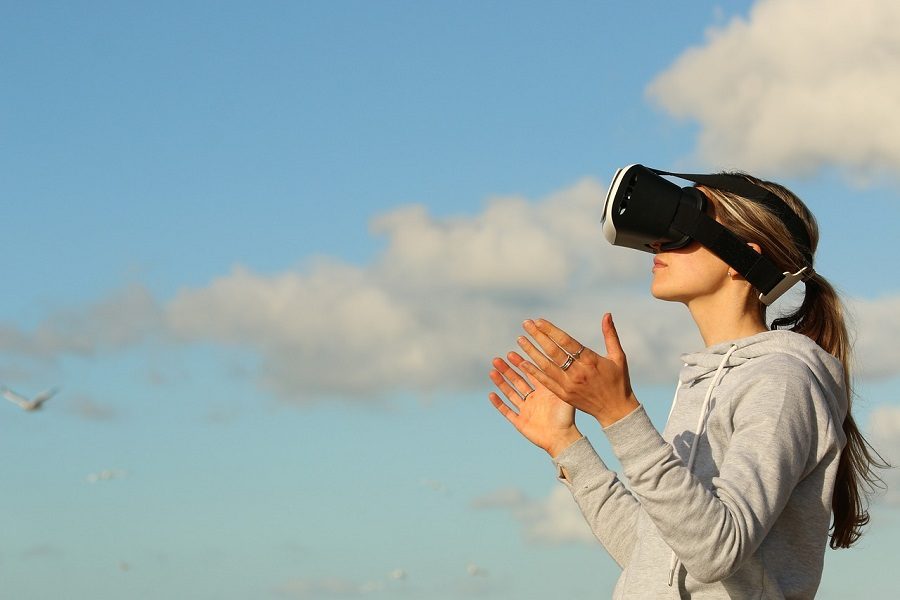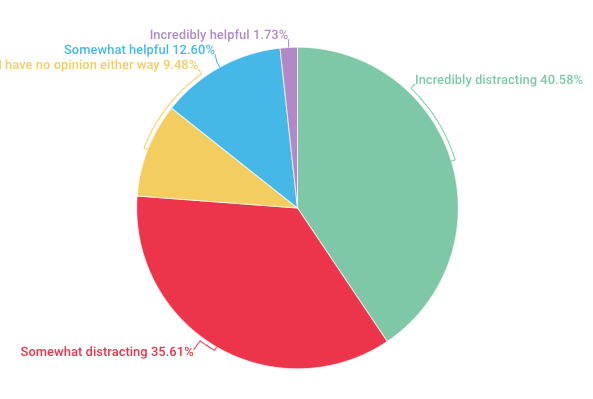Virtual Reality: From Entertainment to Education
April 3, 2017
In the summer of 2016, Niantic’s release of Pokémon Go caused an explosion of interest in augmented reality- technology which allows developers to impose virtual images over the real world and create the feeling of a half real, half digital environment. Virtual reality is a step beyond augmented reality, a fully immersive experience that many eagerly – or fearfully – regard as “the future of technology.” Although virtual reality has existed in some form for years, the industry is growing faster than ever. According to the Statista website, the number of virtual reality users worldwide was 2 million in 2015 and is predicted to reach 135 million in 2020.
There are obstacles to the success of virtual reality (VR), as with any growing technology. Opponents of VR worry that complete immersion will deepen the rising dependence on technology and, in essence, encourage people to detach completely from real life. VR is also very expensive; the HTC Vive costs $799, the Oculus Rift costs $600, and neither price includes the additional cost of owning a computer or phone powerful enough to be compatible. Many people, including Rachel Metz of MIT Technology Review, have also complained of dizziness and nausea caused by using the Rift, which makes prospective buyers more tentative. Virtual reality is still far from a perfect medium, but it is still exciting and useful enough to have garnered significant support and enthusiasm.
The world of entertainment, particularly video gaming, is virtual reality’s most avid proponent, but the interactive environments of VR open its potential to another field: education. In high schools, VR activities can supplement science labs by allowing students to conduct experiments and studies that would be too dangerous or too inaccessible in reality, such as creating certain chemical reactions and looking through a virtual electron microscopes. History students can view reconstructions of battlefields and monuments in three dimensions. Art teachers can demonstrate light and shade on any object in a perfectly controlled setting. Just as it has done for the world of gaming, virtual reality can eventually open a new realm of possibility to education.












